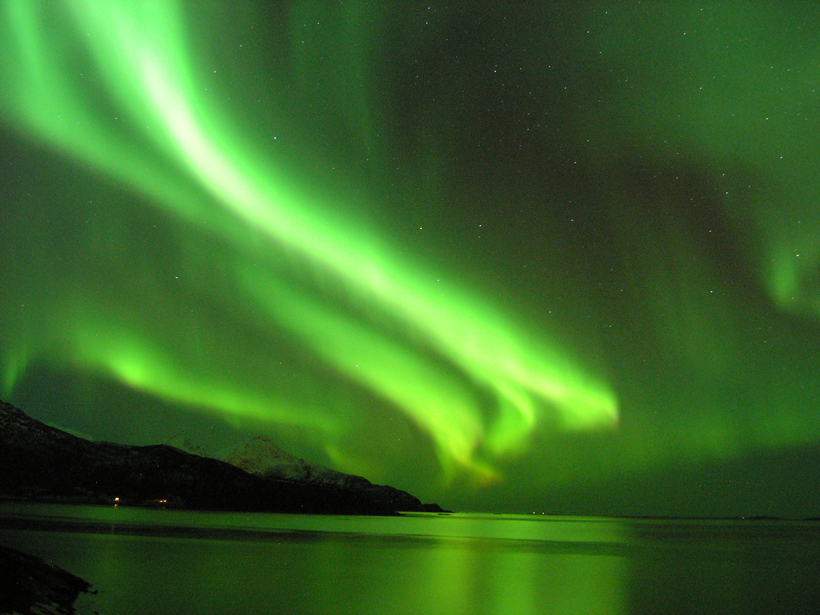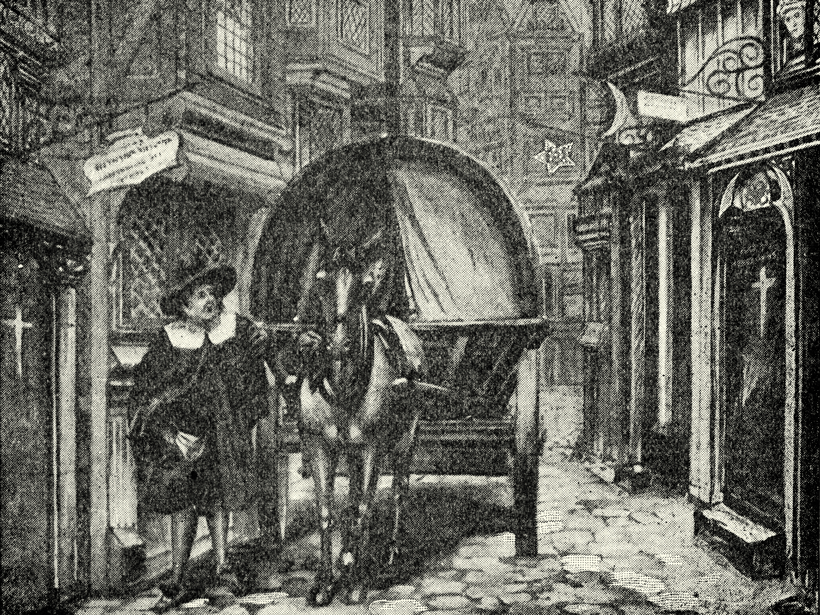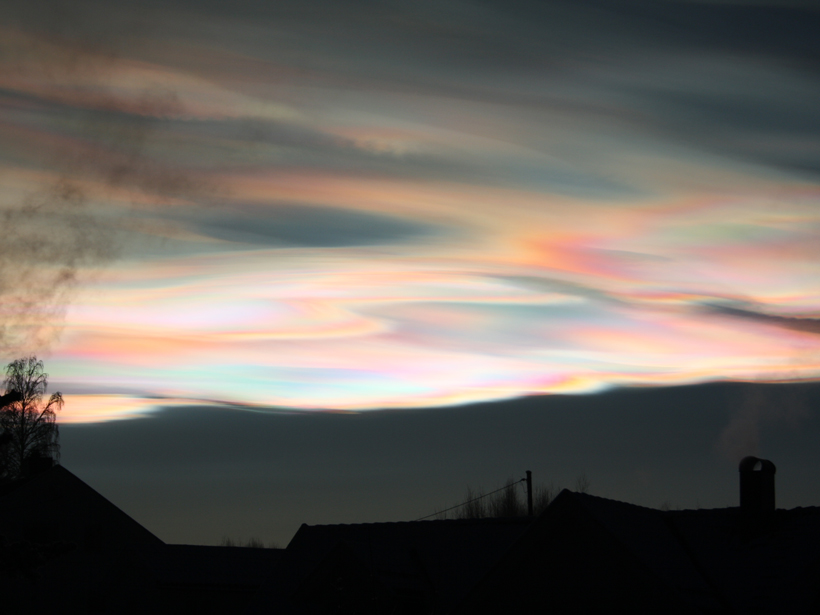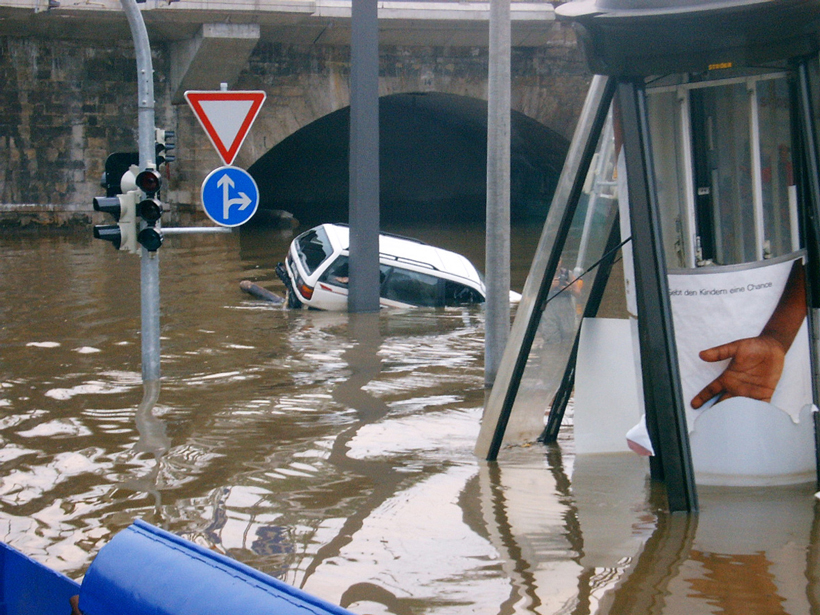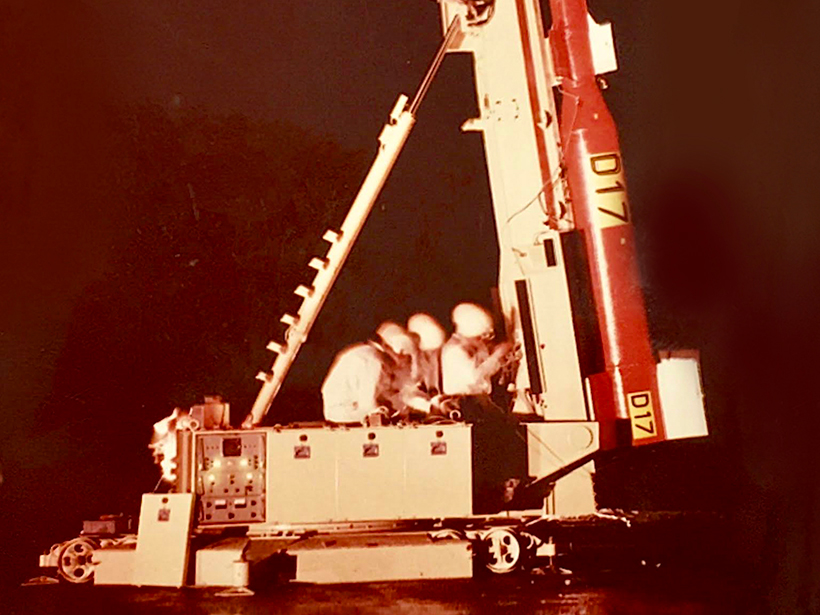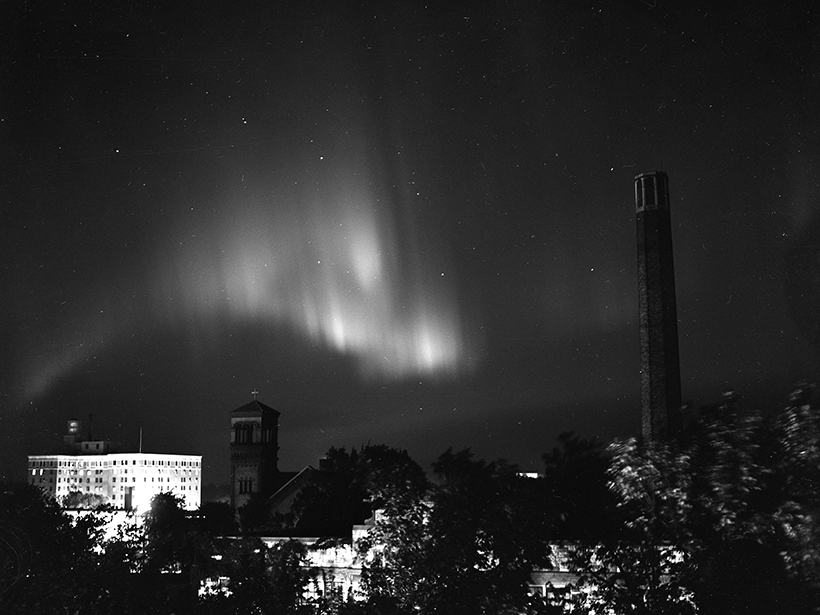Low-latitude sightings of colorful hues in the sky likely to have been auroras indicate powerful geomagnetic storms buffeted Earth when some old chronicles were written, researchers report.
history
Plague Bug May Have Lurked in Medieval England Between Outbreaks
A new analysis of climate records in England and Europe’s Low Countries suggests that the disease-causing bacterium persisted in rodents between recurrences in people.
Catching Glimpses of Centuries-Old Earthquakes
Researchers in the western United States survey the earthquakes that have torn up California for the past millennium.
Science Offers New Clues About Paintings by Munch and Leonardo
An unusual type of cloud might explain the sky in The Scream, and scientific verisimilitude reveals which is the real da Vinci masterpiece, new studies suggest.
Apollo 11 Command Module Goes on Tour
The exhibit includes Buzz Aldrin's gloves and an injector plate from the rocket's first-stage engine, which was recovered from the bottom of the Atlantic Ocean.
Using Archives of Past Floods to Estimate Future Flood Hazards
Cross Community Workshop on Past Flood Variability; Grenoble, France, 27–30 June 2016
Retracing the First Spaceborne Electric Field Measurement
Fifty years ago, a sounding rocket made history by taking the first measurement of an electric field in space. What techniques were used to capture this data?
Reconstructing Ocean Climate History
Scientists recreate ocean climate data to explore historical warming—and cooling—trends in Earth's seas.
The Geomagnetic Blitz of September 1941
Seventy-five years ago next week, a massive geomagnetic storm disrupted electrical power, interrupted radio broadcasts, and illuminated the night sky in a World War II battle theater.
How Vague Historical Writings Help Scientists Predict Floods
By including imprecise historical written records in their calculations, researchers were able to decrease uncertainty in estimations of future flood frequency.

